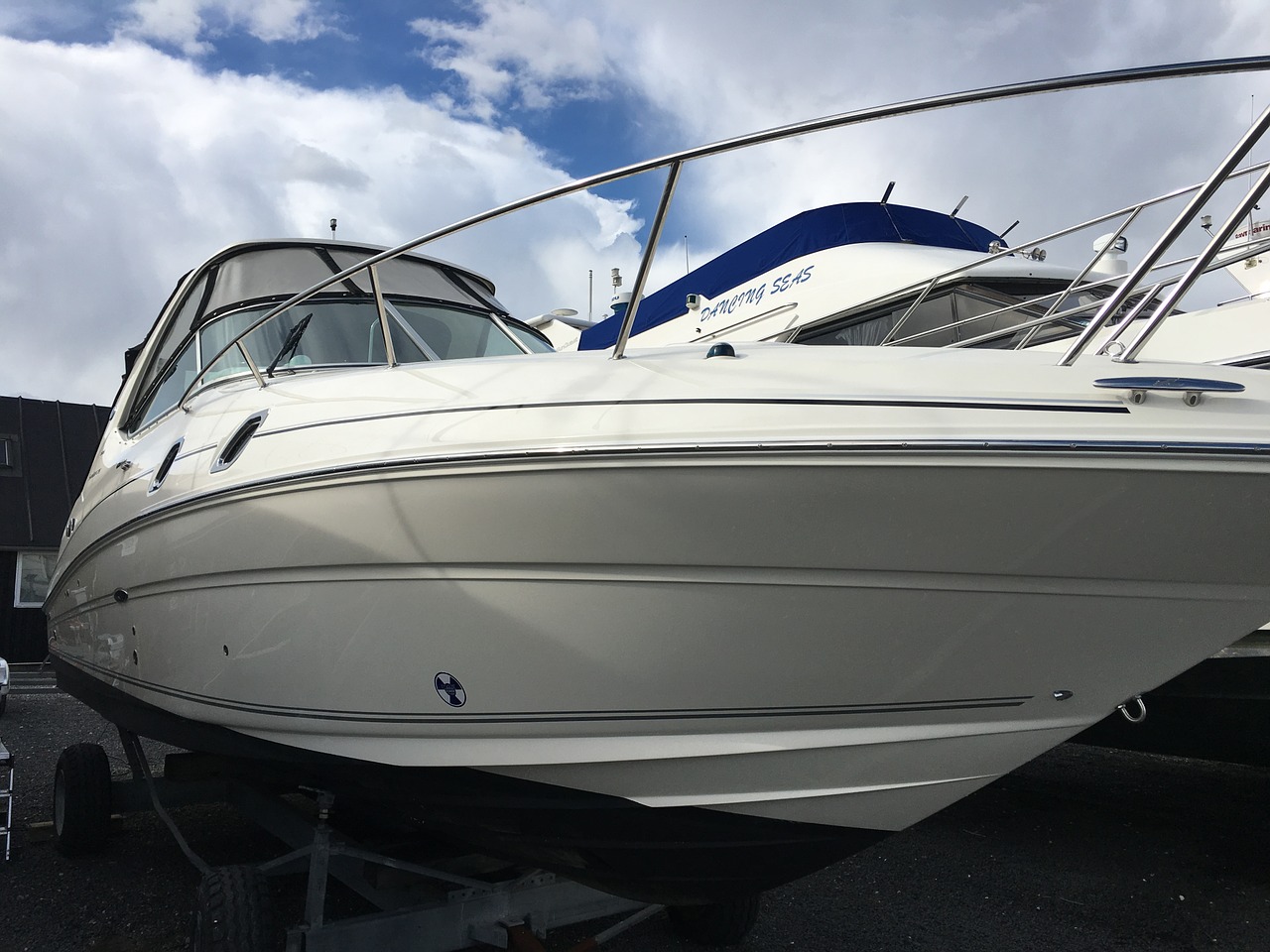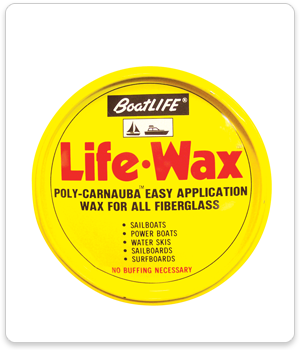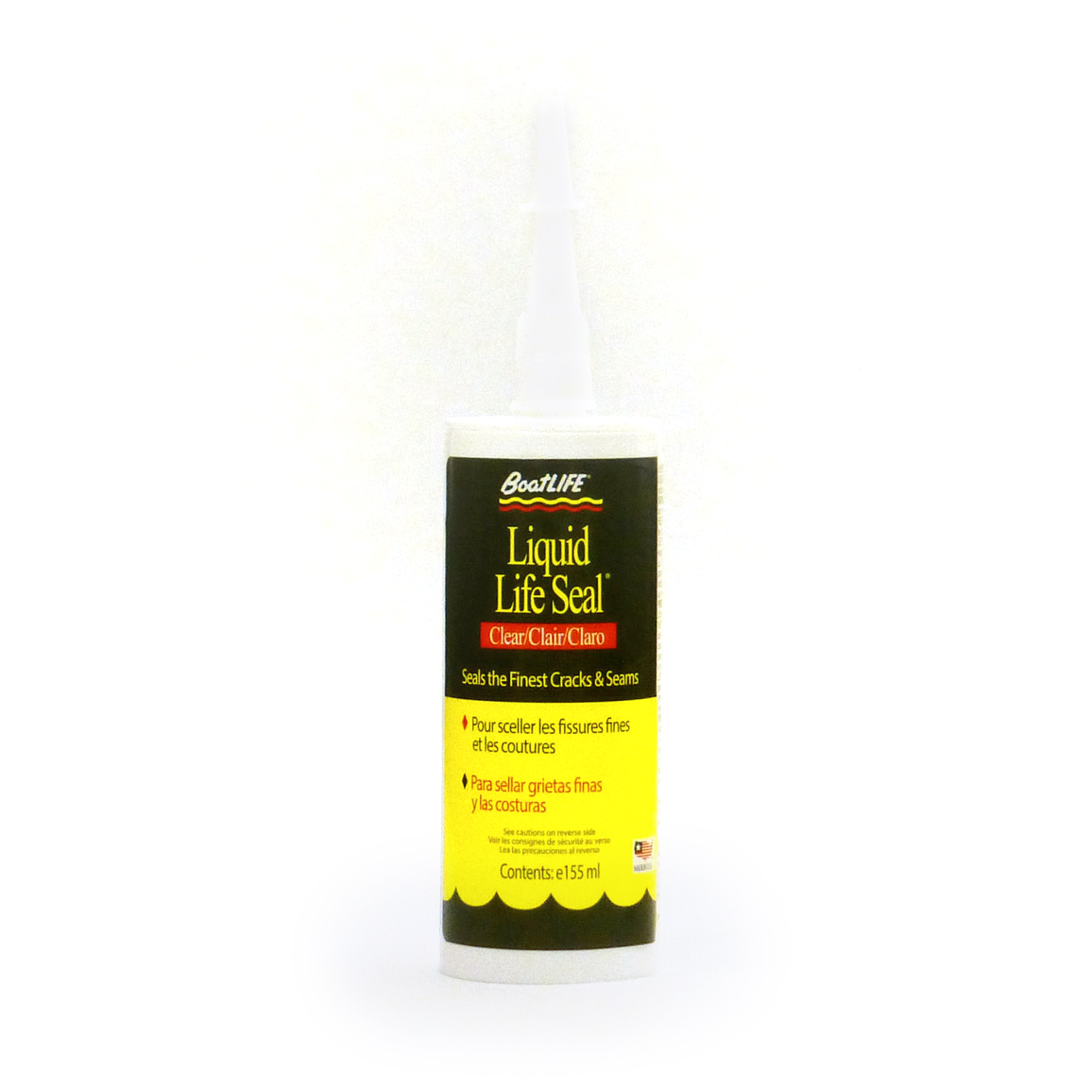
Painting tends to be a straight-forward process. But what if
you’re about to paint something that’s destined for the water? The story changes. That’s certainly the case when prepping a
boat for bottom paint! When preparing for this project, you need to consider
various elements like wax, gel coat, and how well the paint will adhere to the
hull. We’ve put together some of the most important steps to help make your
prep work a breeze.
Key Points To
Understand
Painting below the waterline is understandably a little
different from the usual paint job. That’s why it’s important to know the key
points before you proceed:
- Anti-Fouling
Paint is a phrase you’ll hear a lot. These are commercial “underwater”
paints designed specifically to hold on to their color and adhesion in the
marine environment. The name sounds a bit strange, but that’s all you need to
know for now. - Steps
will change depending on the gel coat. Your boat’s level of wax will
determine the steps you need to take. - Safety.
Boating Magazine recommends wearing a respirator, protective eyewear, gloves,
and clothing you don’t mind getting dirty. Trust us—you might not think you
need protective eyewear until you see how it feels to get a bit of sanded hull
under an eyelid. Spare yourself the trip to the eye doctor and wear goggles—it’s
much easier. And cheaper.
Now that you have the basics down, it’s time to start
prepping your boat for bottom paint.
How To Prepare A Boat
For Bottom Paint
Once you have your boat safely out of the water, elevated
and dried, you’ve just arrived at the beginning. Here are the next steps on
your checklist:
- De-Waxing.
Taking off the wax means accessing the hull directly, which is vital for the
proper adhesion of primer and paint. Make sure you understand the gel coat
quality on your boat and use the appropriate solvent or solution to remove the
wax gently. You’ll need a lot of cloths/rags for this job, as you don’t want to
rub over new spots with old globs of wax—this just re-waxes the surface. - Sanding.
The hull will need some texture after this point, because this promotes
adhesion for the primer and paint. Sand the boat down and use a “brushing
thinner” to get rid of any leftover dust from the process. - Barrier
Coating. Think about a “barrier coating” when prepping a boat for bottom
paint. This helps prevent the absorption of water at this layer. This is the
hull we’re talking about, after all—if your hull isn’t water-tight, nothing is. - Choose Your
Coat. Many paints these days don’t require primer, and anti-fouling paint
can be
just as robust. Make sure you follow the recommendations of the
individual anti-fouling paint, however. A simple read-through of one label can
save you from an immeasurable amount of headaches down the road.
More Useful Boat
Cleaning & Maintenance Products

Protecting and painting your boat’s hull will go a long helping
you preserve its look for years to come. But if you want every part of your
boat to hold on to as much life as possible, be sure to check out all of our boat cleaning and restoration products
here at BoatLife!



